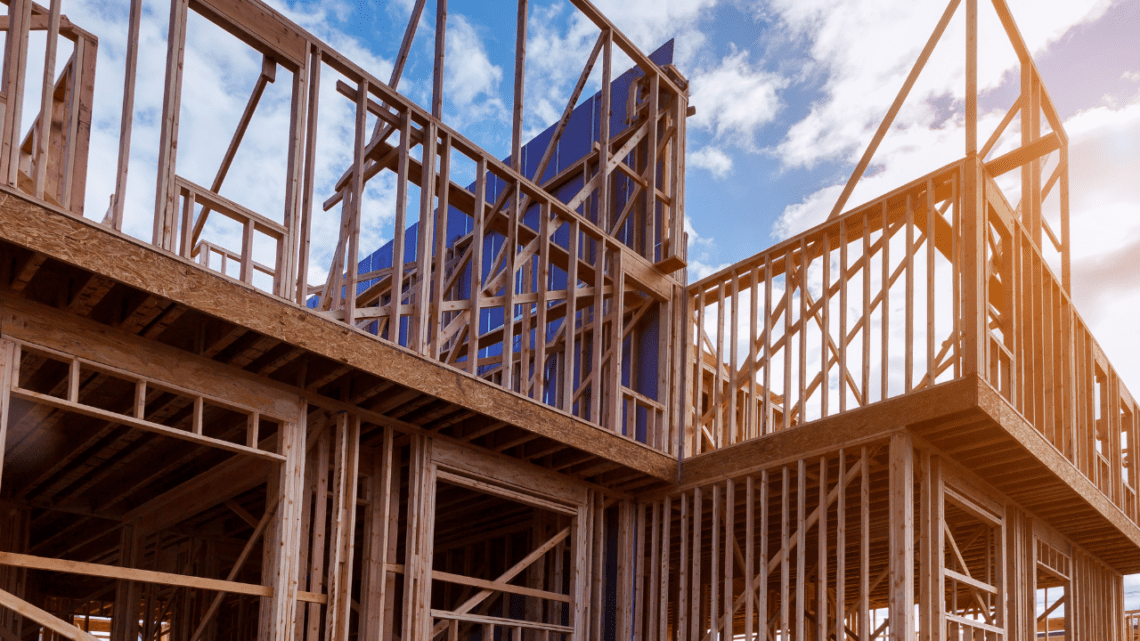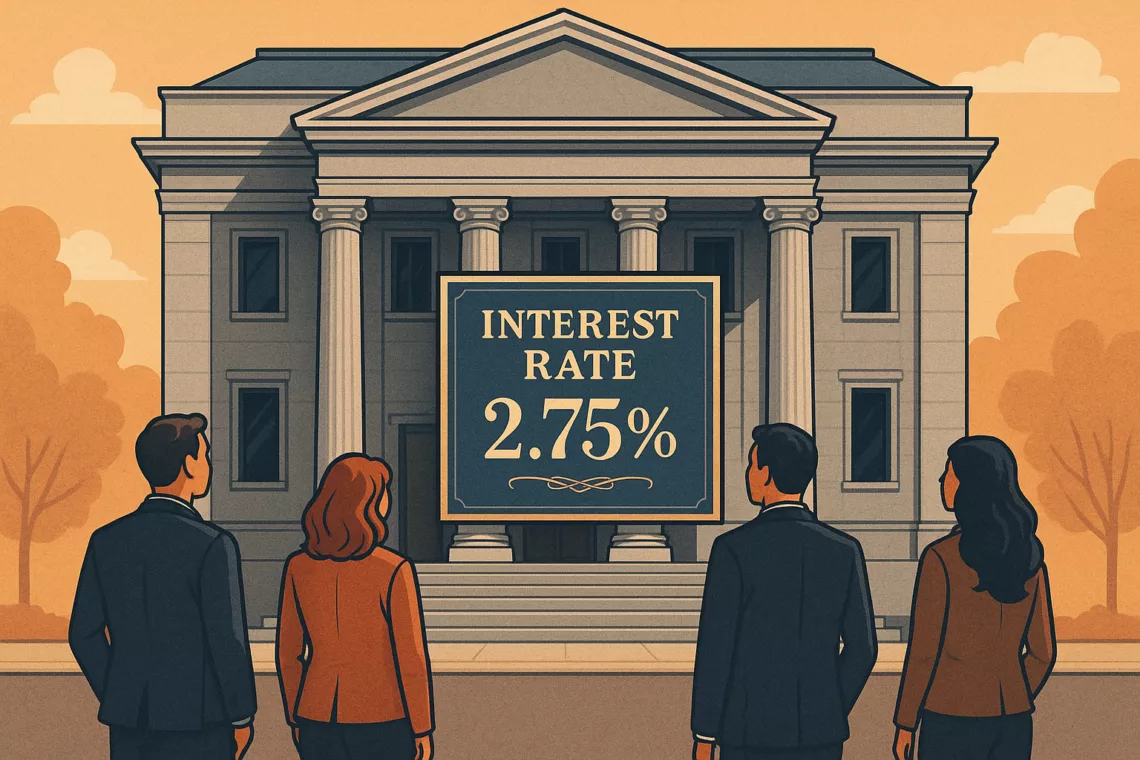
The Canadian government has just unveiled a surprising new option for homeowners that could be a major boost for those looking to build secondary suites—but it comes with some unexpected risks. Announced by Finance Minister Chrystia Freeland, this new mortgage refinancing product allows homeowners to borrow up to 90% of their home’s value, including the value added by a new secondary suite. The goal? To increase housing supply by encouraging homeowners to add basement apartments, laneway homes, and garden flats.
What’s the Catch?
While the concept sounds promising, experts are raising concerns. Toronto mortgage broker Ron Butler points out that this program could lead homeowners into massive debt if they overestimate the value a secondary suite will add to their property. Imagine refinancing 90% of your home’s value, only to find that after renovations, the market value hasn’t increased as expected—or worse, it’s dropped. Suddenly, homeowners could be left owing more than their home is worth.
The Big Picture: A Push for Gentle Density
The government’s rationale for this program is to create “gentle density,” an initiative aimed at alleviating Canada’s housing crisis. Freeland emphasized that this is a way to help families generate extra income by renting out secondary suites. For instance, a retired couple could downsize to a laneway home while their children move into the main house.
However, critics argue that this might lead to more challenges than benefits. In cities like Toronto, known for its red tape and “Not In My Backyard” (NIMBY) attitudes, getting permits to build secondary suites is already a major headache. Butler warns that the fight for density might be stymied by local opposition and bureaucratic delays.
Could This Lead to More Debt than Expected?
Beyond the bureaucratic hurdles, there’s a financial risk that homeowners might not fully appreciate. If the secondary suite fails to add significant value or if housing prices decline, homeowners could end up with a loan larger than their property’s worth. Butler cautions that this could result in debts that stretch for decades, leaving families financially burdened.
Moreover, there are still unanswered questions. Will homeowners need to complete renovations before accessing the 90% refinancing? Or will the government provide upfront financing to start construction? Without these details, it’s difficult to assess the full impact of the program.
Is This the Solution We’ve Been Waiting For?
Freeland’s announcement has stirred debate among industry insiders. While the program is politically savvy—it doesn’t require direct government spending—it does push homeowners into taking on more debt, potentially without the financial benefits they expect. This raises a critical question: Is this really the best way to address Canada’s housing crisis?
Our Team’s Take on the New Refinancing Rules
At the Daryl King Team, we’ve seen firsthand how secondary suites can help homeowners manage their mortgage payments and increase property value. However, we always advise our clients to proceed with caution and fully understand the financial risks. Before jumping into this new program, it’s crucial to weigh the potential benefits against the risks of long-term debt.
If you’re considering adding a secondary suite or refinancing your mortgage, our experienced team is here to guide you through the process. With deep expertise in the Greater Toronto Area real estate market, we can help you make informed decisions that align with your long-term financial goals.
Looking to Learn More?
Contact us today to explore your options, or check out our latest blog posts for tips on navigating the evolving real estate landscape. Whether you’re a homeowner, buyer, or investor, we’re here to help you every step of the way.
Contact Us
Equip yourself with the knowledge to navigate the complexities of the real estate landscape confidently.



